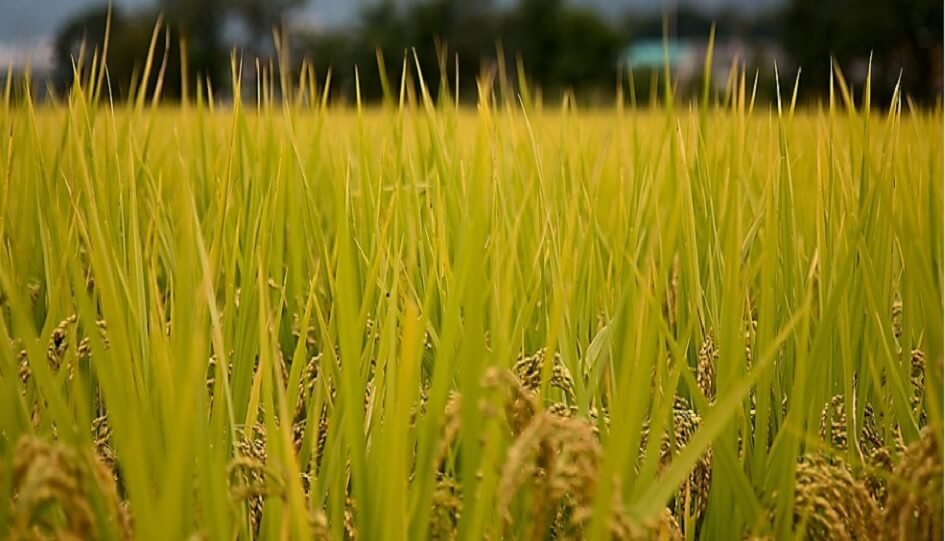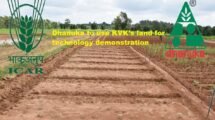Scientists at the Indian Institute of Rice Research (IIRR) have developed paddy varieties that need at least 30% less phosphorous. This is important because the country is having a hard time keeping up with the demand for fertiliser.
Some of the seed shipments have already made it to the fields of farmers in Telangana and Karnataka. The seeds were tested successfully at the institute’s Rajendranagar trial fields.
Also Read| Buddha’s gift to people, nutritious Kalanamak rice, gains new name
Anantha M. S., senior scientist (plant breeding) at ICAR-IIRR, told Businessline that four varieties have been developed by the institute that can grow in soil with low phosphorous content. He showed the crop of paddy that had been grown in a healthy way on a small plot with very low phosphorous content for about 25 years.
Good choice in the East
The institute is now focusing on the states that grow the BPT type of rice. It has sent small amounts of seeds to about 20 farmers in the Karnataka districts of Ballari, Kushtagi, and Raichur. Anantha said, ‘We gave the seeds to 10 farmers in the states of Telangana and Andhra Pradesh.’
Other Stories
In Telangana, Modi pokes fun at the idea of ‘family rule.’
Modi told party workers that the government of Telangana should work for all families.
DRR Dhan 60 is the first type of rice in the country that can grow on land with low levels of phosphorus. The improved Samba Masuri variety is resistant to bacterial blight and has a high yield. With 60 kg/ha of phosphorous, this variety can give a maximum yield of 5.19 tonnes per hectare in 125–130 days.
Scientists at the IIRR think that farmers in Eastern India may be able to use it as an alternative way to grow crops. It can be grown in other rice-growing states like Telangana, Andhra Pradesh, Chhattisgarh, Tamil Nadu, Karnataka, and Odisha.
Other varieties with the same benefits are DRR Dhan 66, DRR Dhan 65, and WGL-1487. Together with scientists from Prof. Jayashankar Telangana State Agricultural University, WGL-1487 has been made.
Satendra Kumar Mangrauthia, a Senior Scientist, said, ‘Based on the identified zones for which varieties have been released, these four varieties have the potential to grow rice on 3–4 million hectares of land.’ He said that to make the new rice varieties, the IRRI team looked for rice genotypes that can grow in low-phosphorous environments.
Key macronutrient
Phosphorous is an important macronutrient that helps paddy grow and produce more because it is a key part of how cells store and move energy. It speeds up root growth and makes it easier for plants to take in more nitrogen, which leads to higher grain protein yields.
‘The vast majority of India’s rice-growing areas don’t have enough phosphorous in their soil. ‘Most of the phosphorus used as fertiliser ends up in water, so farmers have to keep putting it on their fields,’ he said.
High-cost affair
India depends on imports and gives farmers huge subsidies to make fertilisers with phosphorus more affordable. The government and farmers spend a lot of money on fertilisers to make sure the soil has enough nutrients. Imports of phosphorus fertilisers are made. Even the fact that the chemical is hard to get is a worry.
Also Read| New product to combat ‘yellow stem borer’ in rice will be launched: Corteva
In 2020-21, the country brought in 75 lakh tonnes of phosphatic fertilisers (DAP and NPK), which was almost a third of the total amount of fertilisers brought in. Mangrauthia said that government numbers show that the government has spent Rs 60,939 crore on subsidies for phosphorus and potassium fertilisers, such as DAP, in the first half of the current fiscal year.



















Add Comment